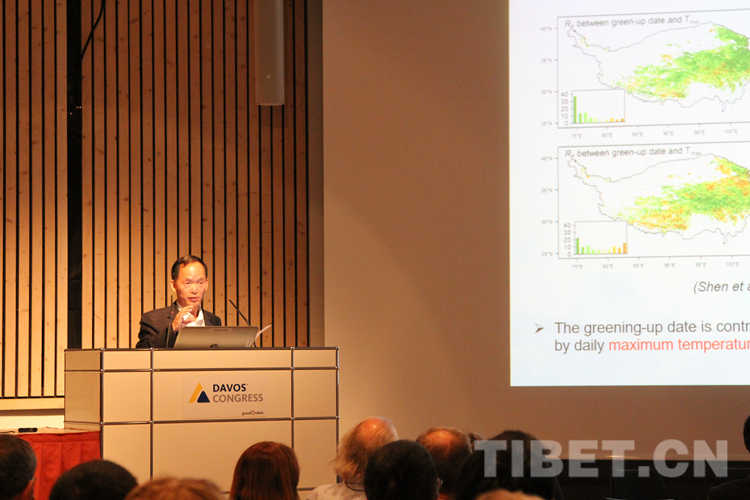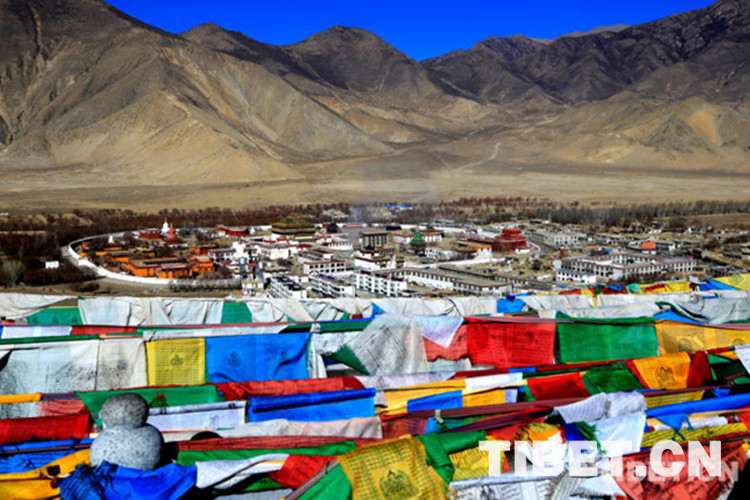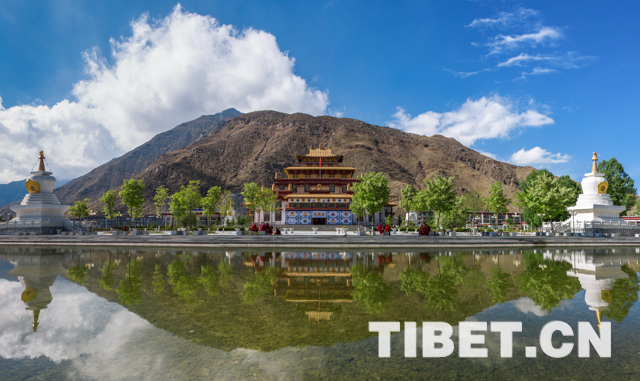Exhibition on Chinese intangible cultural heritage opens in Budapest
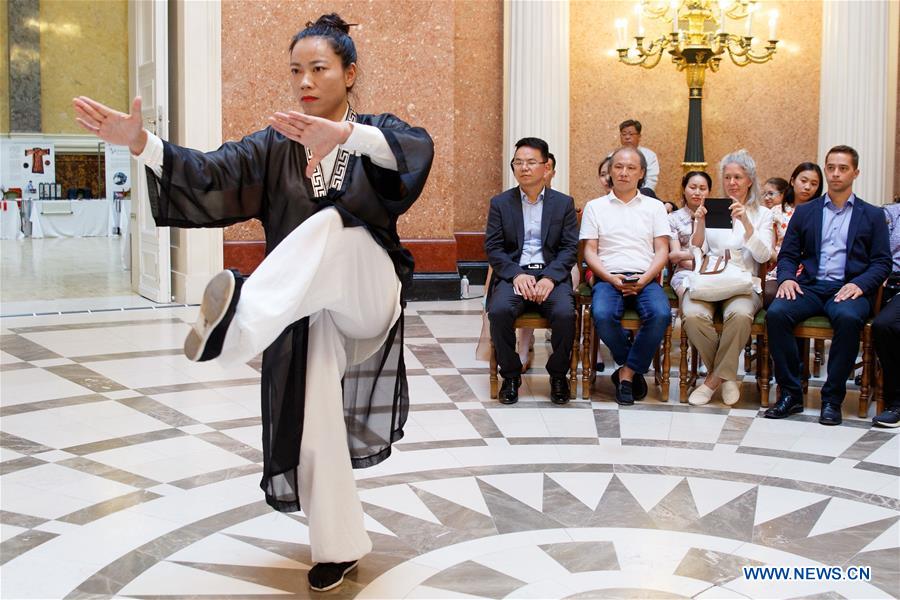
A woman performs Wudang Tai Chi during a cultural exhibition at the Hungarian National Museum in Budapest, Hungary on July 5, 2018. A cultural exhibition featuring the intangible cultural heritage of China, concentrating on the region of the Yangtze River and Hubei province opened here on Thursday at the Hungarian National Museum in the presence of the Chinese ambassador and a former Hungarian Prime Minister. (Xinhua/Szilard Voros)
A cultural exhibition featuring the intangible cultural heritage of China, concentrating on the region of the Yangtze River and Hubei province opened here on Thursday at the Hungarian National Museum in the presence of the Chinese ambassador and a former Hungarian Prime Minister.
"Hungary and China enjoy the best relations of their history," Chinese Ambassador Duan Jielong told at the opening ceremony of the exhibition, adding the two countries "have stepped in the closest cooperation possible as of last year."
The ambassador was followed on stage by the former Hungarian Prime Minister Peter Medgyessy.
"The basis of our relations must be harmony, and harmony has been present in the Opera and Tai-Chi performances that we had the pleasure to see, and also in all of the fine arts represented in the neighboring hall," Medgyessy said, wishing great success for the exhibition.
David Biro, on behalf of the Hungarian National Museum, said: "We, at the Hungarian National Museum are always thrilled to welcome new exhibitions coming from far away artist, even if only for a short time: it brings cultures together."
Wang Yanling, head of Publicity Department of Hubei provincial government, said the Hungarian capital Budapest reminded her of her home city, also divided by a mighty river: the Yangtze. After thanking the organizers for having made the exhibition possible, she underlined that the exhibition has been "a practical example of the effect of the Belt and Road Initiative."
Hubei is a landlocked province in central China. Its varied terrain encompasses mountains, lakes and wilderness areas. The province is also known for the Three Gorges, a popular destination for Yangtze River cruises and home to the Three Gorges Dam.
The exhibition featured wonderful silk dresses, lacquerworks and dark-red enameled potteries as well as beautiful examples of fine arts such as embroidery and paper cutting.
Your Comment
Name E-mailRelated News
-
-

-
Intangible cultural heritage exhibition comes into Tibet Buddhist College
The intangible cultural heritage performances and exhibition is held in Tibet Buddhist College on June 9th.
-
-
-
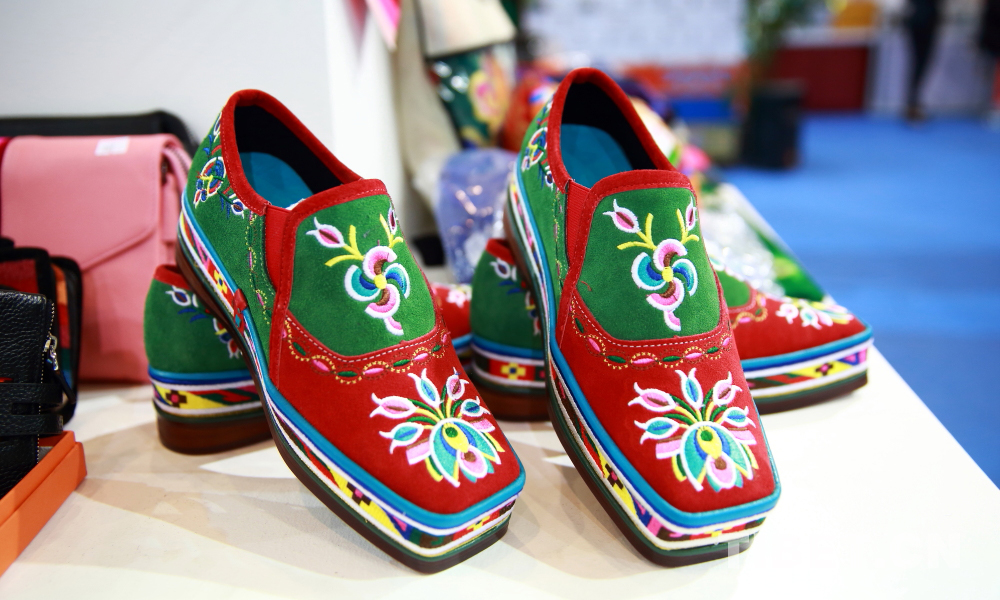
-
Tibet boasts another 28 national-level intangible culture inheritors
On the morning of May 16, the Ministry of Culture and Tourism announced the list of the fifth group of national-level intangible culture inheritors. A total of 28 people from Tibet were selected for the list.
-
-
-
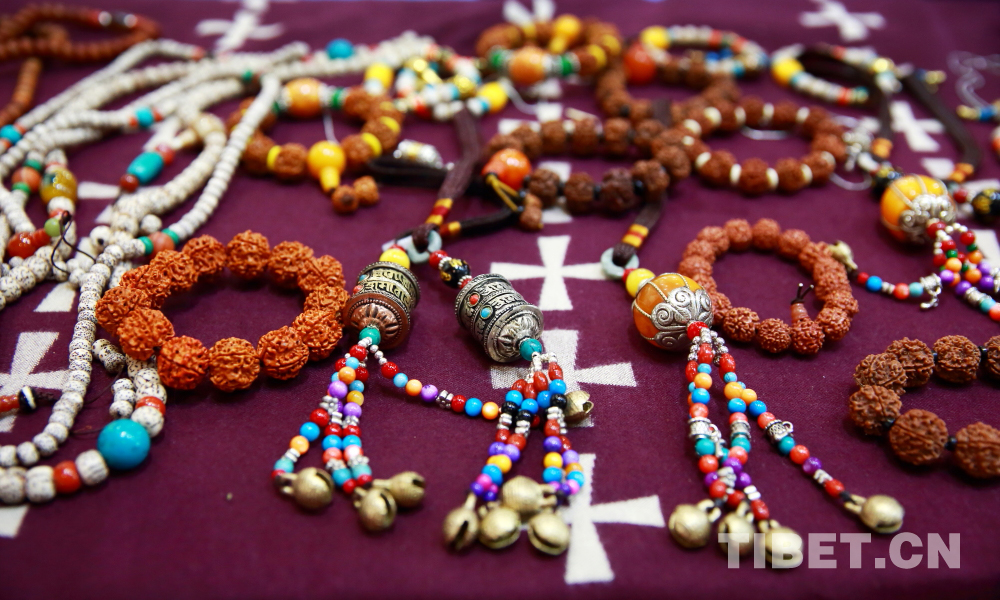
-
2018 "Dagze over Cloud" cultural tourism creativity contest opens
The 2018 “Dagze over Cloud” cultural tourism creativity contest opened a few days ago in Nanjing, capital city of east China’s Jiangsu Province.
-
-
-
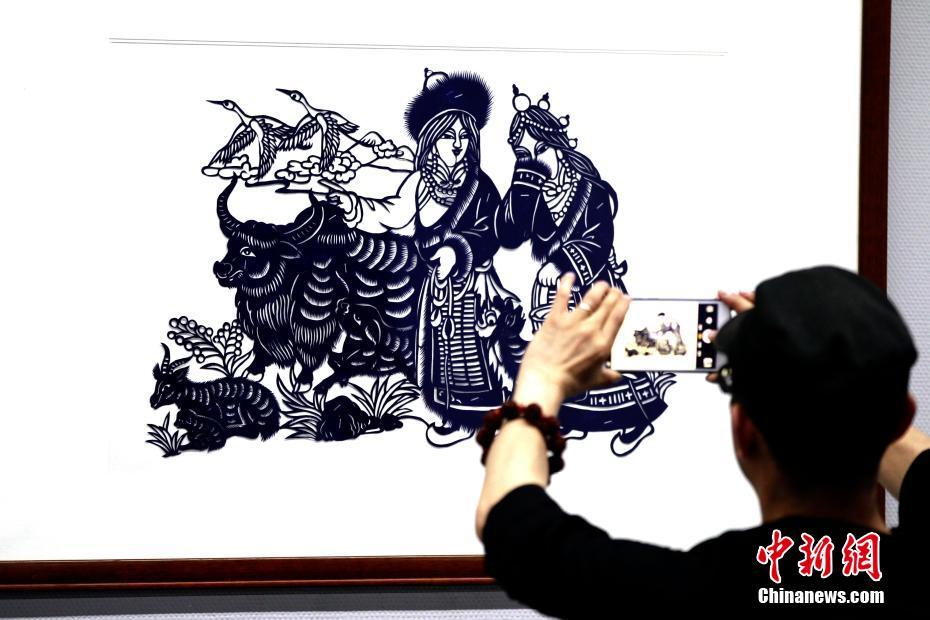
-
Nearly 1,000 creative cultural products on display in Xining, Qinghai
On June 5, nearly 1,000 pieces of cultural products with plateau characteristics went on display in Xining, Qinghai.
-
-
-
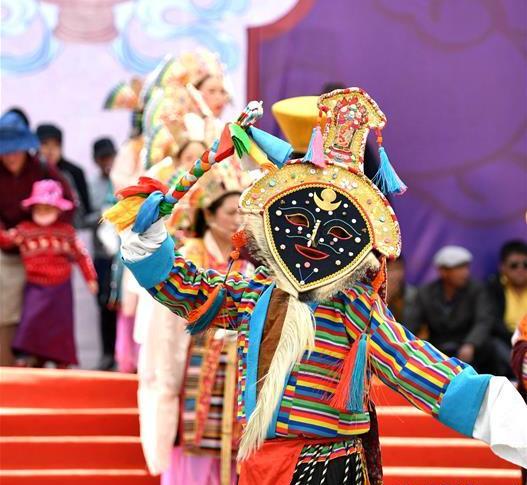
-
Tibet home to more inheritors of intangible cultural heritage
Southwest China's Tibet Autonomous Region has an additional 28 national-level intangible cultural heritage representative inheritors.
-



